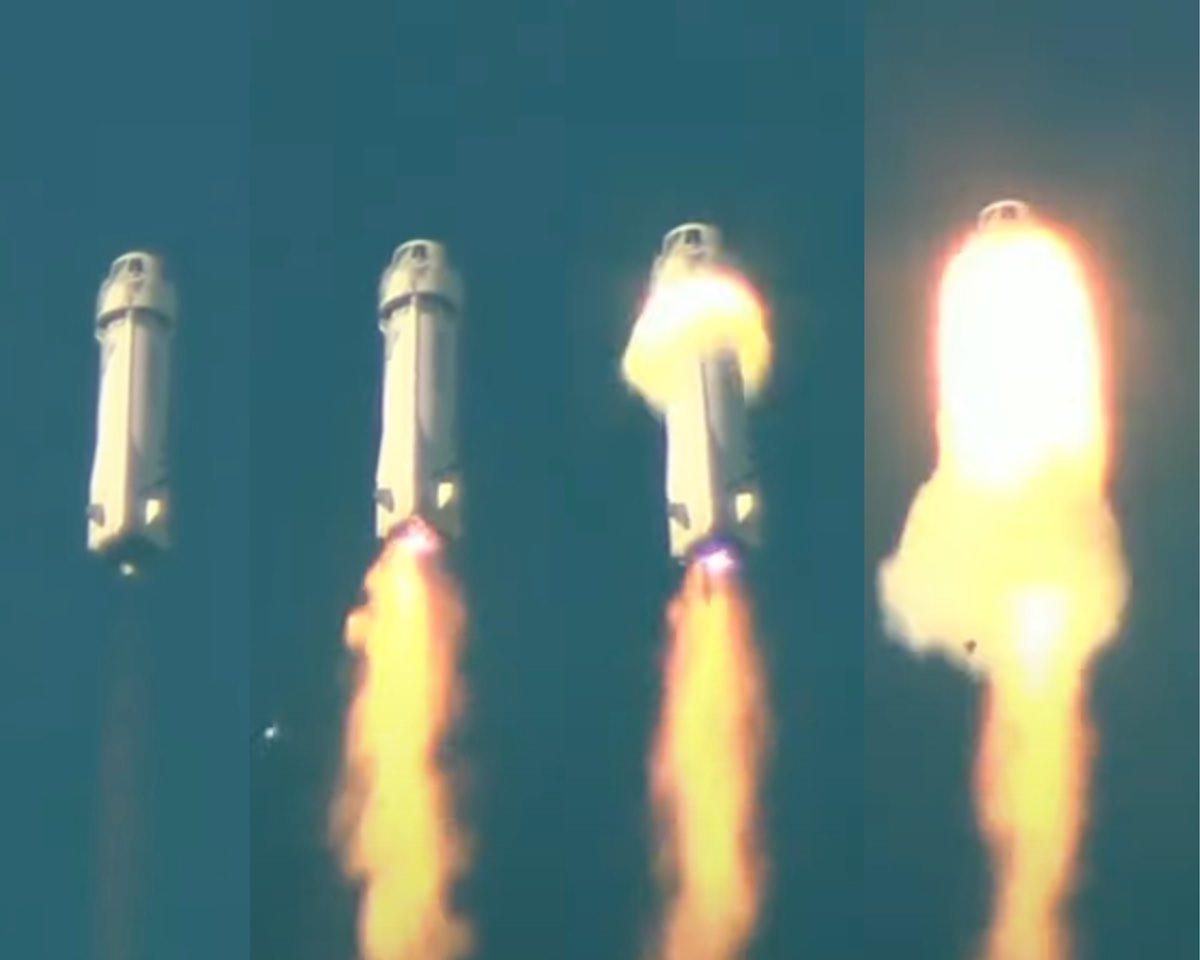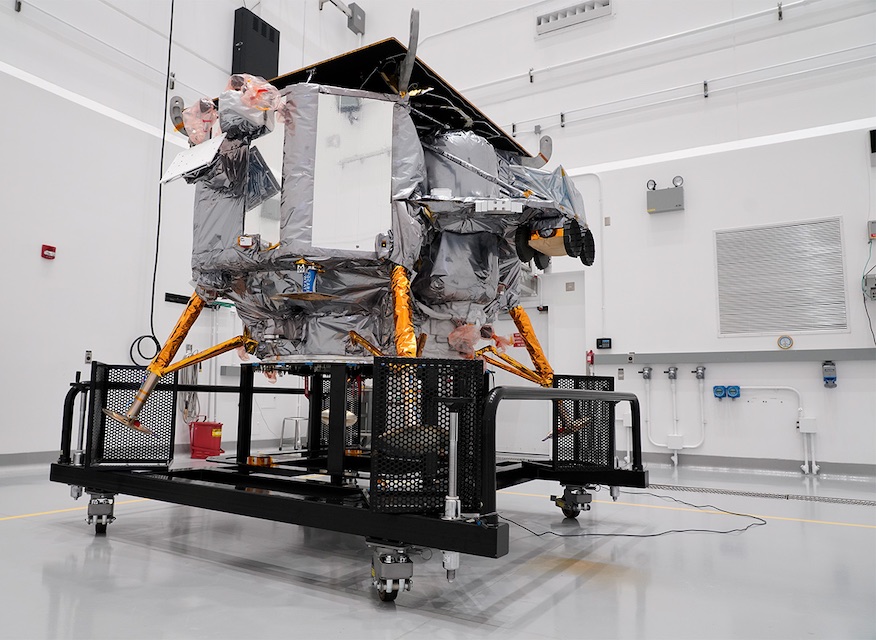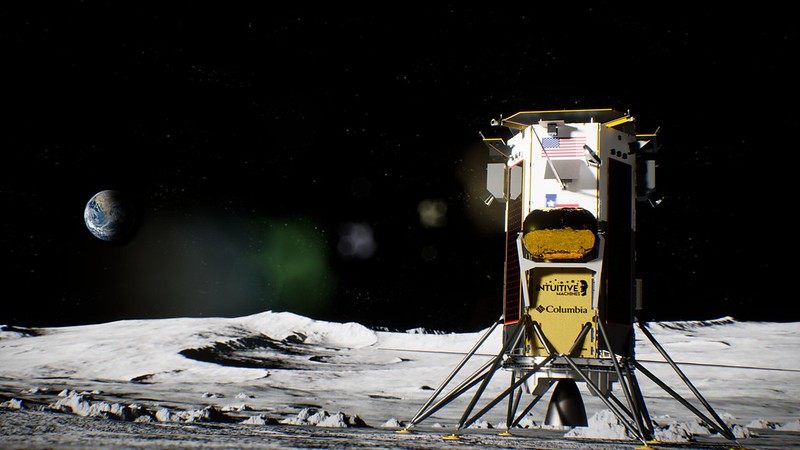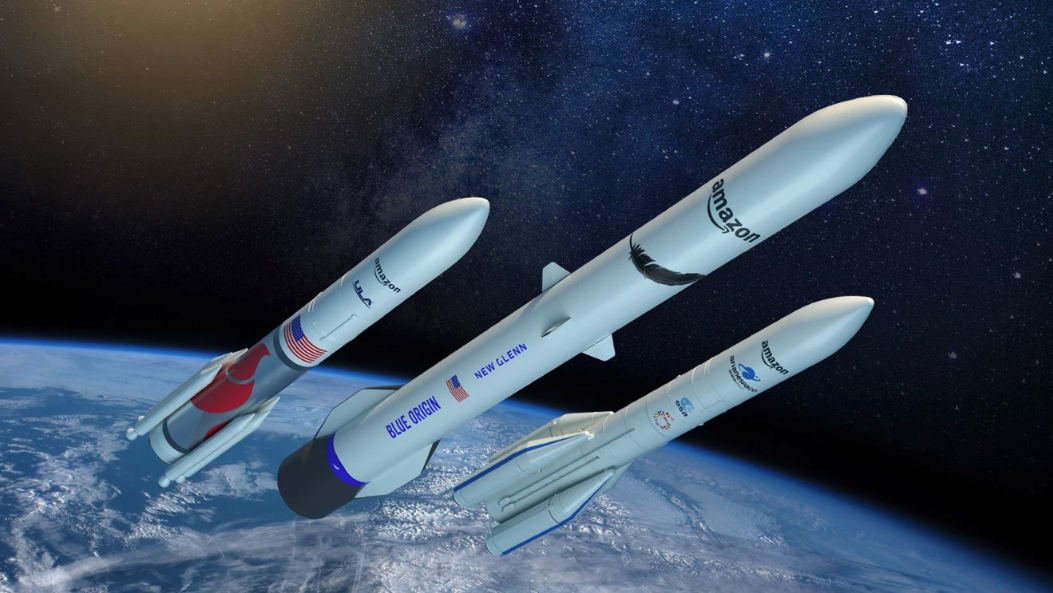A SpaceX Falcon 9 rocket launches for a record-breaking 19th time, sending 23 Starlink satellites up to low Earth orbit. Image: Pete Carstens
Update 1:06 a.m. EST: Liftoff of SpaceX’s Falcon 9 rocket confirmed. The booster, B1058, landed on the droneship several minutes after launch.
SpaceX sent off a Falcon 9 first-stage booster for a record-breaking 19th launch just after midnight as it continues the expansion of its Starlink satellite constellation. Liftoff from pad 40 at Cape Canaveral occurred at 12:33 a.m. EST (0533 UTC).
First-stage B1058 was already the fleet leader with 18 prior missions and cemented that position with the Starlink 6-32 mission, which will deliver 23 satellites to orbit. The booster first flew in May 2020 carrying astronauts for the first time on the Demo-2 Crew Dragon mission. It still features a faded NASA ‘worm’ logo from that mission.
The NASA ‘worm’ logo on B1058, seen during recovery operations following its fourth flight in December 2020. Image: Michael Cain/Spaceflight Now.The liftoff time slipped just over an hour from the opening of the window at 11 p.m. EST (0400 UTC) as the rocket wasn’t hoisted upright at the launch pad until around 7:35 p.m. EST (0035 UTC). SpaceX had backup launch opportunities available until 3 a.m. EST (0800 UTC) Saturday morning.
The 45th Weather Squadron at Cape Canaveral Space Force Station, said Thursday there was 60-70 percent chance of acceptable weather for launch with better conditions at the opening of the window. The primary concerns were violations of the thick cloud layer and cumulus cloud rules.


























